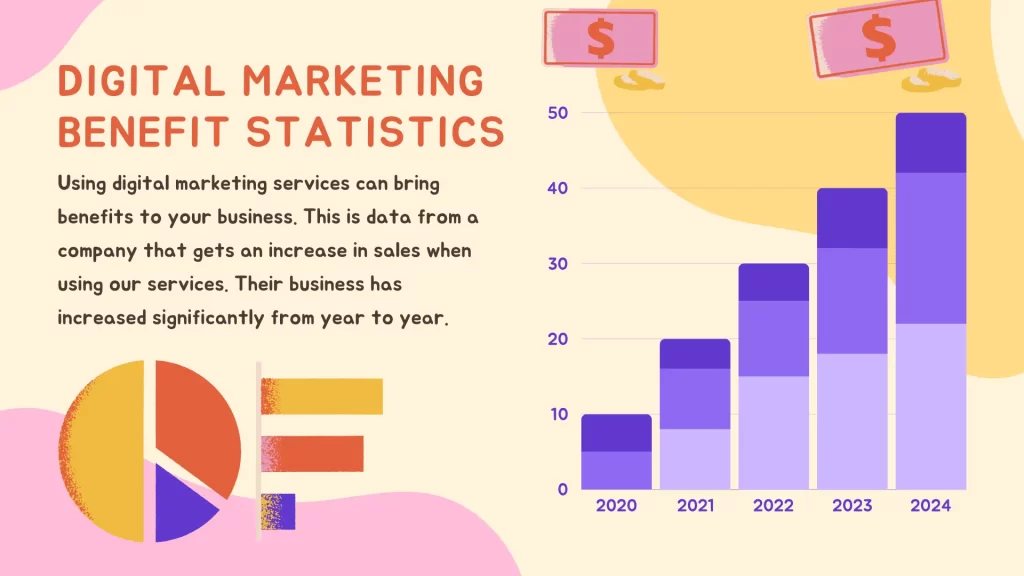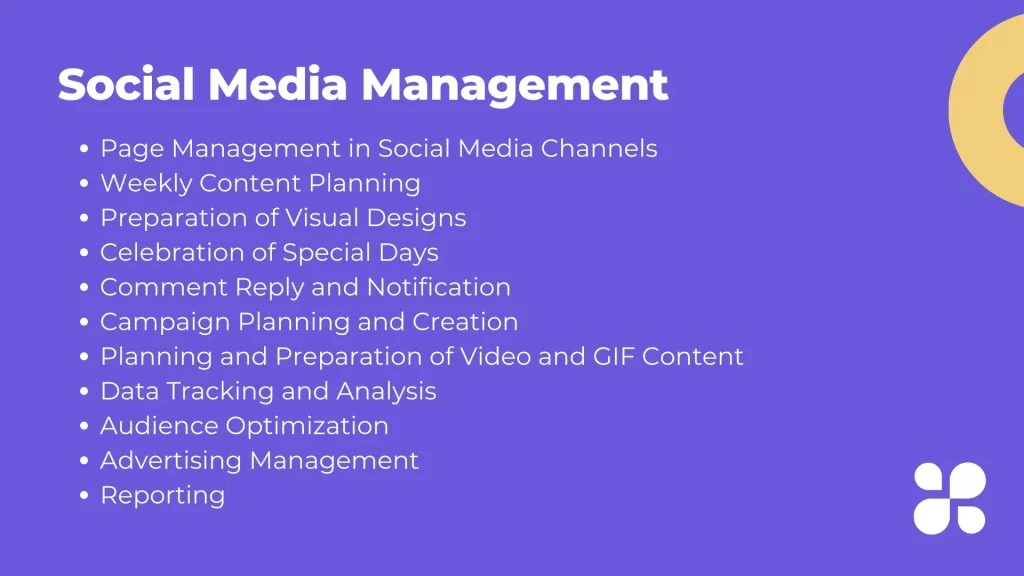Website and Social Media Integration
In today’s digital landscape, seamless integration between your website and social media platforms is crucial for maximizing online presence and engagement. Website and Social Media Integration enhances your brand’s visibility by synchronizing content across various channels, ensuring consistency and reach. By strategically linking your website with social media profiles such as Facebook, Instagram, Twitter, and LinkedIn, you amplify your content’s exposure to a broader audience. This integration not only facilitates easier sharing of updates and promotions but also fosters direct interaction with your audience, building stronger relationships and driving traffic back to your website.
Moreover, integrating your website with social media platforms enhances user experience by offering cohesive navigation and functionality. Visitors can effortlessly navigate between your website and social media channels, finding relevant information and engaging with your brand across different touchpoints. This synergy also boosts SEO efforts, as social signals from active engagement on platforms contribute to search engine rankings. Website and Social Media Integration thus serves as a powerful strategy to expand your digital footprint, enhance brand authority, and drive conversions by seamlessly connecting with your audience wherever they are online.
Introduction to Website and Social Media Integration
In today’s interconnected digital landscape, the integration of website and social media platforms has become essential for businesses seeking to maximize their online presence and engage with their audience effectively. This comprehensive guide explores the concept of website and social media integration and delves into strategies for seamless implementation.
Understanding Website and Social Media Integration
Website and social media integration involves the strategic alignment of a company’s website with its social media presence to create a unified online ecosystem. It entails leveraging the strengths of both platforms to enhance brand visibility, drive traffic, and foster meaningful connections with customers and prospects.

Benefits of Integrating Website and Social Media
The integration of website and social media offers a plethora of benefits, including:
- Enhanced Brand Visibility: By integrating social media feeds, sharing buttons, and widgets on the website, businesses can extend their reach and visibility to a wider audience.
- Improved Customer Engagement: Integration facilitates seamless interaction between website visitors and social media followers, fostering engagement and conversation around the brand.
- Increased Website Traffic: Sharing website content on social media channels drives traffic back to the website, boosting its visibility and search engine rankings.
- Data Insights: Integrating website analytics with social media analytics provides comprehensive insights into audience behavior and preferences, enabling data-driven decision-making.
Strategies for Effective Website and Social Media Integration
To harness the full potential of website and social media integration, businesses can implement the following strategies:
4.1. Consistent Branding Across Platforms: Maintain consistent branding elements, such as logos, colors, and messaging, across the website and social media profiles to create a cohesive brand identity.
4.2. Cross-Promotion of Content: Share website content on social media platforms and vice versa to amplify reach and engagement. Encourage website visitors to follow social media channels, and vice versa, to stay updated on the latest news and updates.
4.3. Social Media Widgets on Website: Integrate social media widgets, such as embedded feeds, sharing buttons, and follow buttons, on the website to encourage interaction and sharing of content across platforms.
4.4. Social Login Integration: Simplify the user experience by allowing visitors to log in to the website using their social media credentials. This not only streamlines the login process but also provides valuable user data for personalized experiences.
4.5. User-Generated Content Showcase: Showcase user-generated content, such as customer reviews, testimonials, and social media posts, on the website to build trust and authenticity around the brand.

Tools and Platforms for Seamless Integration
Several tools and platforms are available to facilitate seamless website and social media integration, including website builders like WordPress and Wix, social media management tools like Hootsuite and Buffer, and plugins/extensions for integrating social media widgets and sharing buttons.
Case Studies: Successful Implementation of Website and Social Media Integration
Exploring real-world examples of businesses that have successfully implemented website and social media integration provides valuable insights and inspiration for others looking to do the same.
Challenges and Solutions in Integrating Website and Social Media
Challenges in integrating website and social media may include maintaining brand consistency, managing multiple platforms, and ensuring data privacy and security. However, with proper planning, communication, and the right tools, businesses can overcome these challenges and reap the rewards of a cohesive online presence.
Future Trends in Website and Social Media Integration
As technology and consumer behavior evolve, the future of website and social media integration is likely to be shaped by trends such as AI-powered personalization, immersive experiences, and integration with emerging social media platforms. Staying ahead of these trends will be key to maintaining a competitive edge in the digital landscape.
website and social media integration is essential for businesses looking to maximize their online presence, engage with their audience, and drive meaningful connections. By implementing strategies for seamless integration, leveraging the right tools and platforms, and staying abreast of emerging trends, businesses can create a unified online ecosystem that fosters brand loyalty and drives growth in the digital age. This guide serves as a roadmap for navigating the complexities of website and social media integration and harnessing its power to achieve success in the ever-evolving digital landscape.
